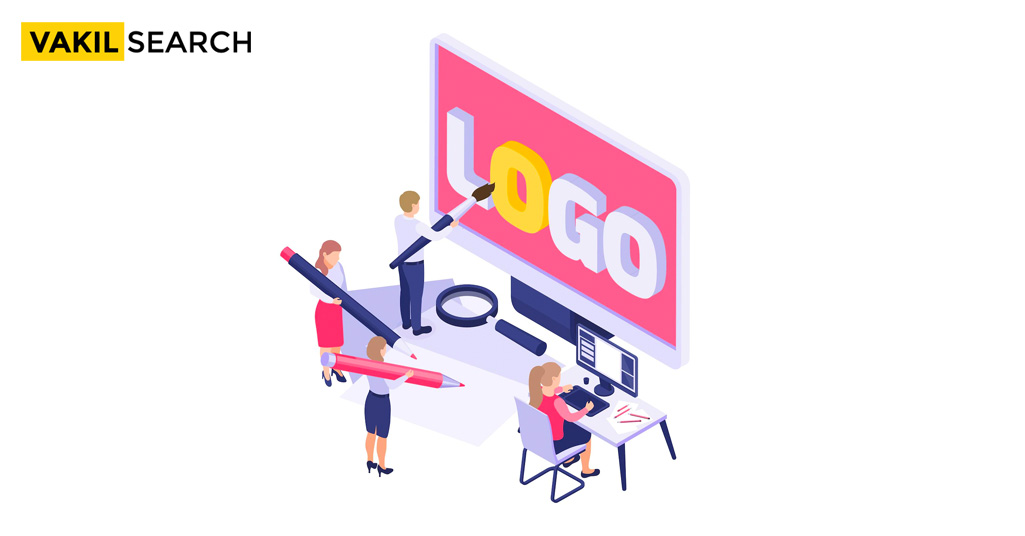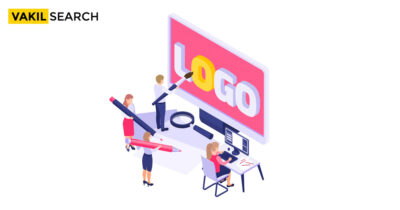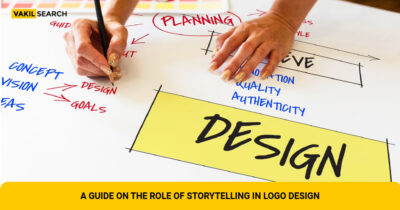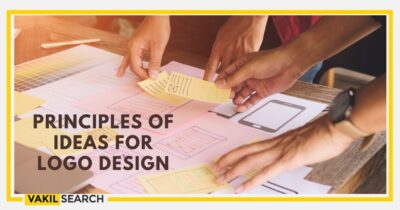Many questions inevitably arise when you begin to consider how to link the dots between what you're selling and who you're attempting to reach. Learn about steps to grow your brand with logo design.
In today’s competitive business landscape, building a strong and recognizable brand is crucial for success. One of the key elements in creating a distinctive brand identity is a well-designed logo. A logo serves as the visual representation of a brand and plays a significant role in shaping brand perception and recognition. This article explores the importance of logos and their impact on branding.
What is a Logo?
A logo is a unique graphic symbol, emblem, or mark that represents a brand or organization. It is typically composed of visual elements such as shapes, colors, typography, and symbols, all carefully combined to convey a brand’s essence and values.
Components of a Logo:
The components of a logo include
- Visual Elements: Shapes, colors, typography, and symbols that form the visual representation of the brand.
- Brand Name: The name of the brand, often incorporated within or beside the visual elements.
- Tagline: A concise and memorable phrase that communicates the brand’s key message or value proposition.
Why is a Logo Important?
Logos are Attention-Grabbing:
A well-designed logo has the power to capture attention and make a brand stand out amidst a sea of competitors. It acts as a visual hook that entices potential customers to engage with the brand and learn more about its offerings.
Good Logos Make Good First Impressions:
A logo is often the first point of contact between a brand and its target audience. A professionally designed logo creates a positive and memorable first impression, establishing credibility, trust, and professionalism. A poorly designed or generic logo, on the other hand, may give the impression of a lackluster or unprofessional brand.
Your Logo is the Base of Your Brand Identity:
A logo serves as the foundation for a brand’s identity. It sets the tone for the brand’s visual communication across various platforms, including websites, packaging, marketing materials, and social media. Consistency in logo usage helps establish brand recognition and fosters a cohesive brand image.
Logos are Memorable:
Humans are visual creatures, and we tend to remember images better than words. A well-designed logo that resonates with the target audience can leave a lasting impression in their minds. By being memorable, a logo helps consumers recall and recognize a brand when they encounter it again, leading to increased brand awareness and recall.
Logos Can Separate You from the Competition:
In crowded markets, a distinctive logo can help a brand differentiate itself from competitors. A unique and well-crafted logo allows a brand to carve its niche and stand out, making it easier for consumers to identify and choose the brand over others offering similar products or services.
Logos Foster Brand Loyalty:
Once a brand has successfully established itself in the market, a logo becomes a symbol of familiarity and trust. Customers develop a sense of loyalty towards brands they recognize and perceive as reliable. A strong logo that resonates with consumers can evoke positive emotions and reinforce brand loyalty, leading to repeat purchases and word-of-mouth recommendations.
Things to Keep in Mind While Designing a Logo
- Lots of strategy goes into the design
Yes, you will eventually need to produce something visually appealing. However, the majority of the effort is strategic, particularly in the beginning. Be prepared to ponder and make decisions more often than you draw. - You’re not merely creating a logo
Keep in mind that the logo is merely a small component of a bigger visual system, and each of its parts must function as a whole.
You should work in stages if you want to achieve something correctly. Although every designer has a unique method, the one we’re going to walk you through has three stages:
- Discover
- Explore
- Design, Refine and Define
Each stage has its own objective, method, and output. We’ll discuss the significance of each phase, the set of steps you must do, and the end product you’re aiming for—which you’ll need for the following stage.
Stage One –Discover
-
Goal
The inquiry stage is the discovering stage. Designers take advantage of this opportunity to learn as much as they can about their client’s businesses, brands, and other aspects of their client’s firms or organisations. At this point, inquiries concerning the desired appearance and feel, all potential use cases, and any particular requirements can also be made.
This may be more of a phase of self-discovery for you. Having a clear grasp of who your business or organisation is, what you stand for, what you want to achieve, and how you plan to get there is your aim. Keep in mind that you’re not merely creating a logo. Your brand identity is being developed.
-
Process and Delivery
Why do you require or need a new logo, you could ask yourself? What prompted the creation of this design? What is the origin of/story behind the name of your business? Who are your intended customers? Who are your principal rivals? What objectives do you have for the new logo? How will the term “success” be defined? Who are your top three “role models” for brands? Who possesses a style you admire?
This strategy paper will serve as both a roadmap for the following stage and a metric by which to assess your progress. Consider how successfully your deliverables achieve the creative strategy’s vision at the conclusion of each phase. In order to maintain objectivity, refer back to this paper whenever personal preferences and opinions inevitably come up.
Stage Two – Explore
-
Goal
Although “exploration” sounds more exciting, this is your research phase. As someone starting this design process alone and potentially for the first time, I find the discovery phase to be both the most enjoyable and helpful.
In essence, you’ll be shifting your attention outside of yourself to discover and investigate design elsewhere. Your two objectives are to get informed and motivated. You Can make the Best Logo so that you can get your brand value.
-
Process and Delivery
Search for fundamental design principles to get started. Learn about the basics of design, colour, and typography. Start acquiring information once you have a handle on the fundamentals. Prioritise your closest competition before turning to the larger sector. Look at more than simply logos. Experience the full visual system by following brands on many platforms, such as their website, various social media platforms, etc.
To convey the style and feel you desire for your business identity, compile all the photos, illustrations, designs, colour schemes, mood boards, and logos you felt pulled to.
Stage Three – Design, Refine & Define
Finally, the objective is quite simple. Start creating some logo concepts using all the factors and data from the first two rounds. You might need to conduct some brainstorming if you think you want a sign in your logo, whether it be traditional or abstract. Because a logo represents a company’s face, they are everywhere and should be noticed.
As a result, your client will print the logo on a variety of items, including goods or stationery, services, business cards, flyers, websites, promotional items, and more. Create a logo that is adaptable and works in all circumstances. Even the Trademarking System has vital role in Claiming authority.
Conclusion:
In summary, a logo is a powerful tool in brand building and plays a vital role in shaping brand perception and recognition. An attention-grabbing and impactful logo helps a brand make a positive first impression, establish a strong brand identity, differentiate itself from competitors, foster brand loyalty, and leave a lasting impression in consumers’ minds. Investing in professional logo design is a strategic decision that can have a significant impact on the success and growth of a brand.
FAQs:
Why are logos important for your brand?
Logos help to grab people’s attention by creating a strong first impression. Logos help in building your identity among your customer base.
What characteristics distinguish a strong logo?
Good logos are easily recognizable, acceptable, scalable, ageless, and adaptable to both print and online modes.
How do I pick colors for a logo?
Before choosing colors for your logo, be sure it conveys the proper message. If you start in B&W, you may concentrate on the concept initially. Then you can select a colour scheme to differentiate yourself from the competition and establish brand coherence for yourself or your company.









